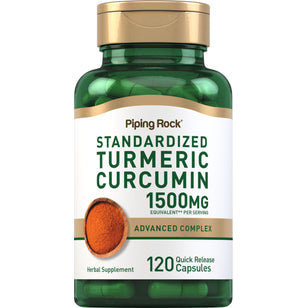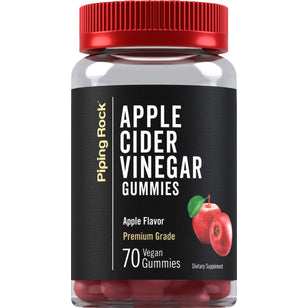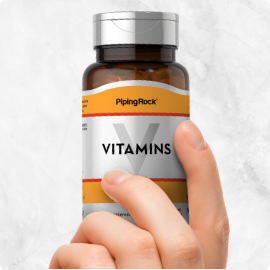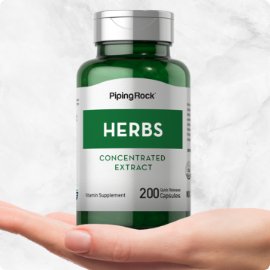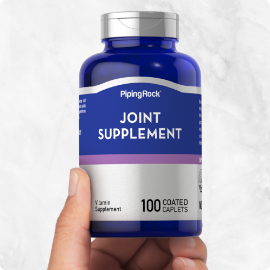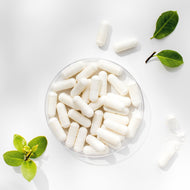It’s no secret that we live in a world with a sweet tooth!
With the average American eating over 150 pounds of sugar every year, many health-conscious consumers have started on their journey to find the perfect alternative sweetener.
It’s no surprise that there are endless options for alternatives to familiar table sugar on the market, so sometimes we may need to take a step back and consider just which one fits our taste and lifestyle the best. Personally, we’re all about the natural sweeteners, so we’ve put together this list of our favorites to help you decide which one is perfect for you!
Why We Love It: PipingRock Allulose is your preferred vegetarian and non-GMO sweetener, made with the finest ingredients found in nature! Keto Friendly and Gluten- Free.
What’s In It: Allulose is a naturally occurring sugar found in figs, raisins, wheat, maple syrup, and molasses
Did You Know: Studies show that it is roughly 70% as sweet as sugar, so it tastes very similar but has more nutritional upside. Each teaspoon serving delivers 0 net carbs and 0g of sugar.
How We Use It: Simply substitute sugar for Allulose Zero Calorie Sweetener in your coffee, tea, smoothies or in cooking your favorite recipes.
Why We Love It: This product of hardworking honeybees is liquid gold straight from Mother Nature!
What’s In It: Honey is naturally comprised of 70-80% sugar and has a relatively high glycemic index of 62. However, this thick, flavorful liquid is rich with nutrients such as amino acids, enzymes, antioxidants and other beneficial vitamins and minerals.
Did You Know: The flavor of each batch of honey is dependent on the flowers the bees used to make it. In particular, wildflower honey may have a noticeably different (though no less delicious!) flavor from bottle to bottle because of this factor.
How We Use It: Adding a bit of floral sweetness to our tea or satisfying our early morning sweet tooth with a teaspoonful!
Why We Love It: Holy sweetness! Stevia delivers up to 400 times the sweetness of regular table sugar paired with just a hint of licorice-like flavor, which is something our sweet tooth can get behind.
What’s In It: One of the original zero-calorie sweeteners to hit the market, stevia contains steviocide, a substance to thank for the plant’s sweetness as well as its lack of calories.
Did You Know: Native to the sub-tropics of Central America and Asia, the stevia plant is a perennial shrub also known as “sweet leaf.” For centuries, people have used the tiny, unassuming leaves of the stevia plant as a natural sweetener, chewing them on their own for their pleasant, sweet taste.
How We Use It: We reach for the stevia when a recipe calls for a burst of sweetness, especially in our desserts, soups and sauces!
Why We Love It: Sugar may be notorious for contributing to tooth decay, but xylitol is famous for doing just the opposite—all while boasting sensational sweetness!
What’s In It: Xylitol is actually a sugar alcohol. It has 1/3 the calories of table sugar and features a low glycemic index of 7. Since it is not absorbed completely in the gut, excess xylitol acts as a dietary soluble fiber.
Did You Know: Many “oral health”-promoting chewing gums, candies and natural toothpastes use xylitol as their sweetener! Unfortunately, xylitol is very toxic to dogs, so be sure to exercise caution when using this sugar if you have fur-babies at home.
How We Use It: There’s rarely a cake, cookie or any kind of dessert that we don’t use this wholesome sweetener as a 1:1 substitute for sugar in! However, xylitol does not work well with yeast, so steer clear in using it in your grandmother’s famous bread recipe.
Which sugar substitute do you use on the regular? Which do you want to try out?
PipingRock Empowering Your Health Journey

